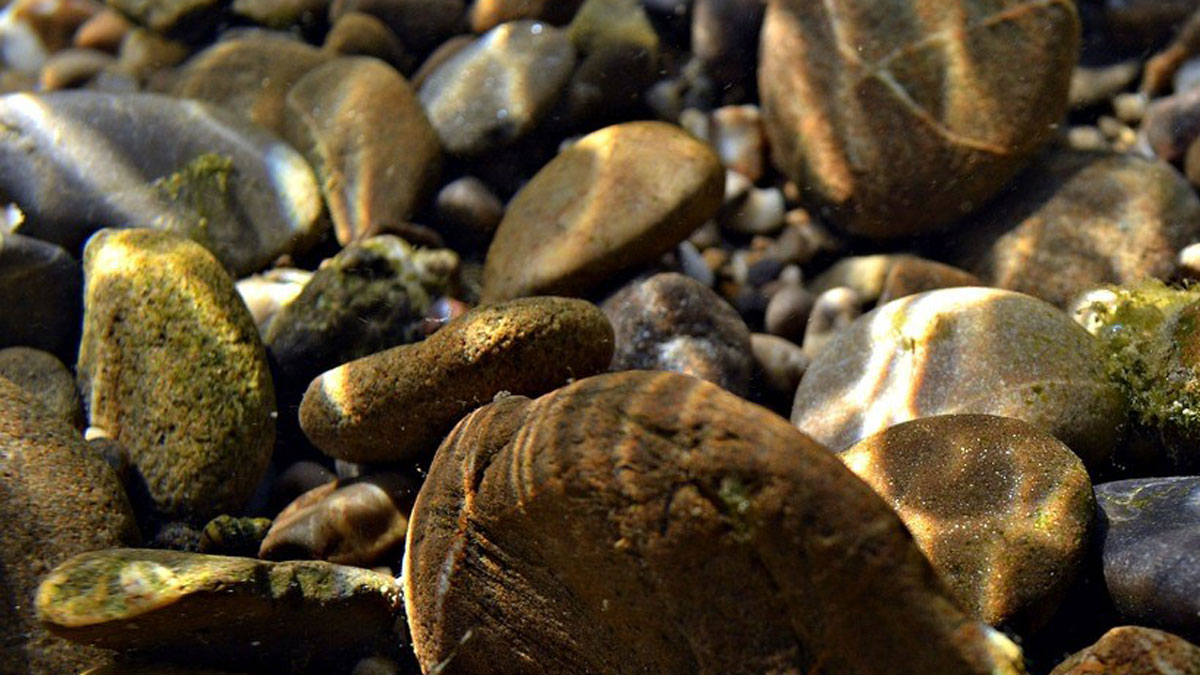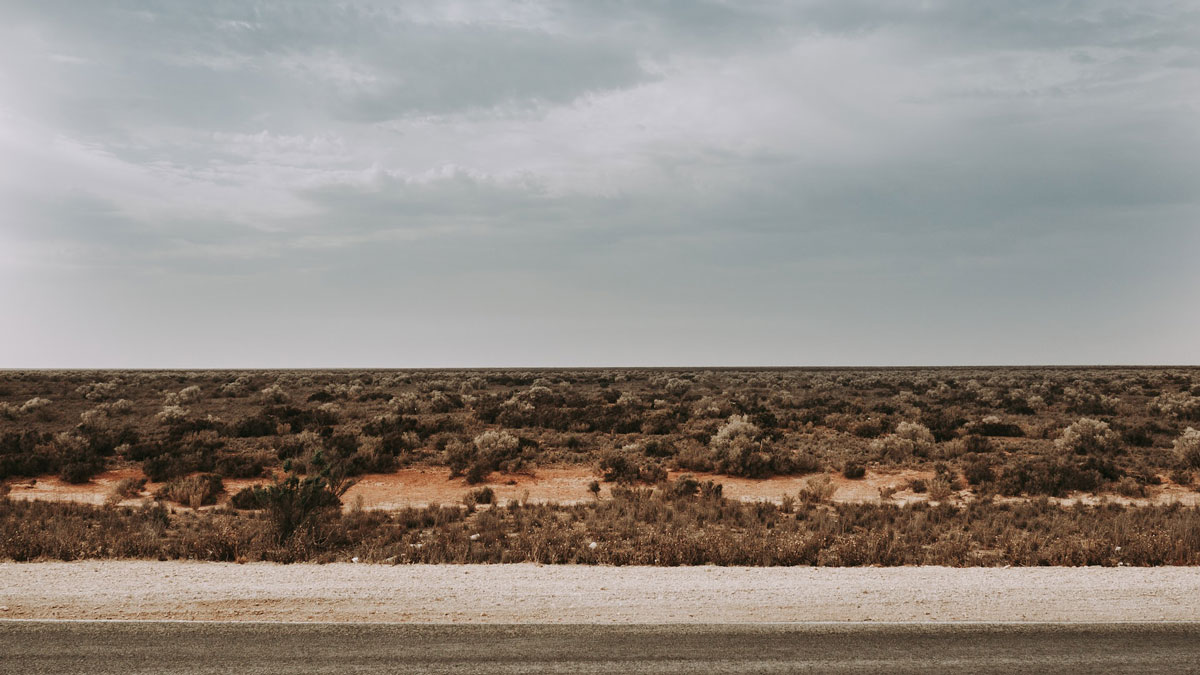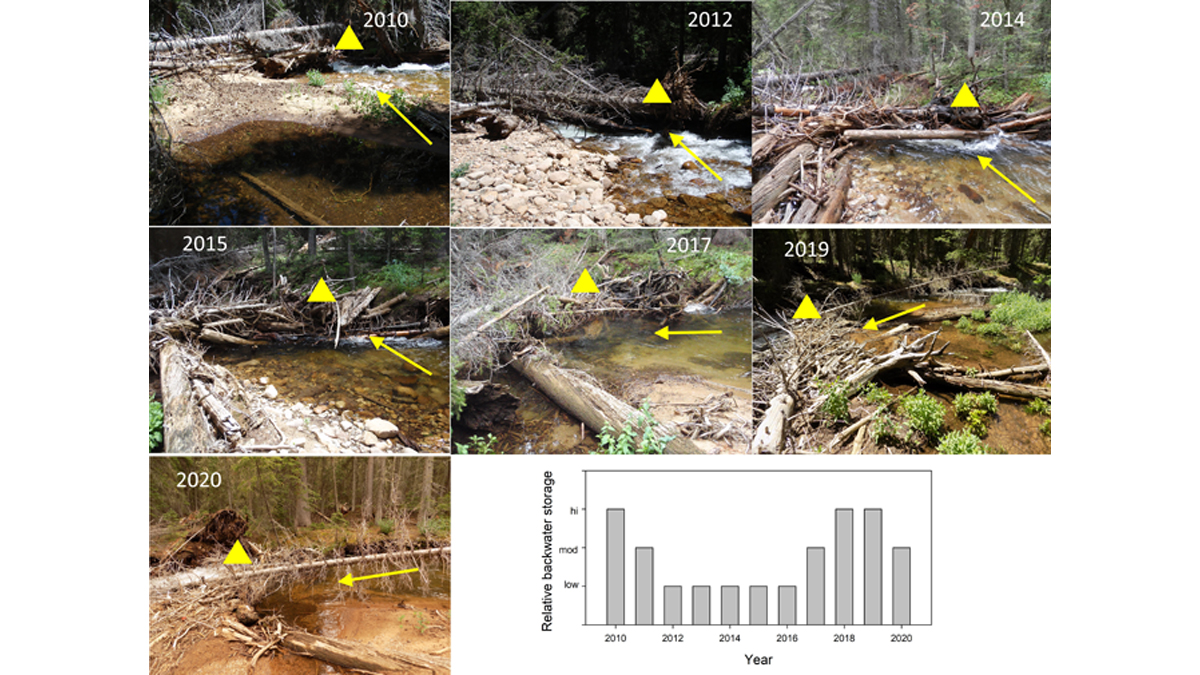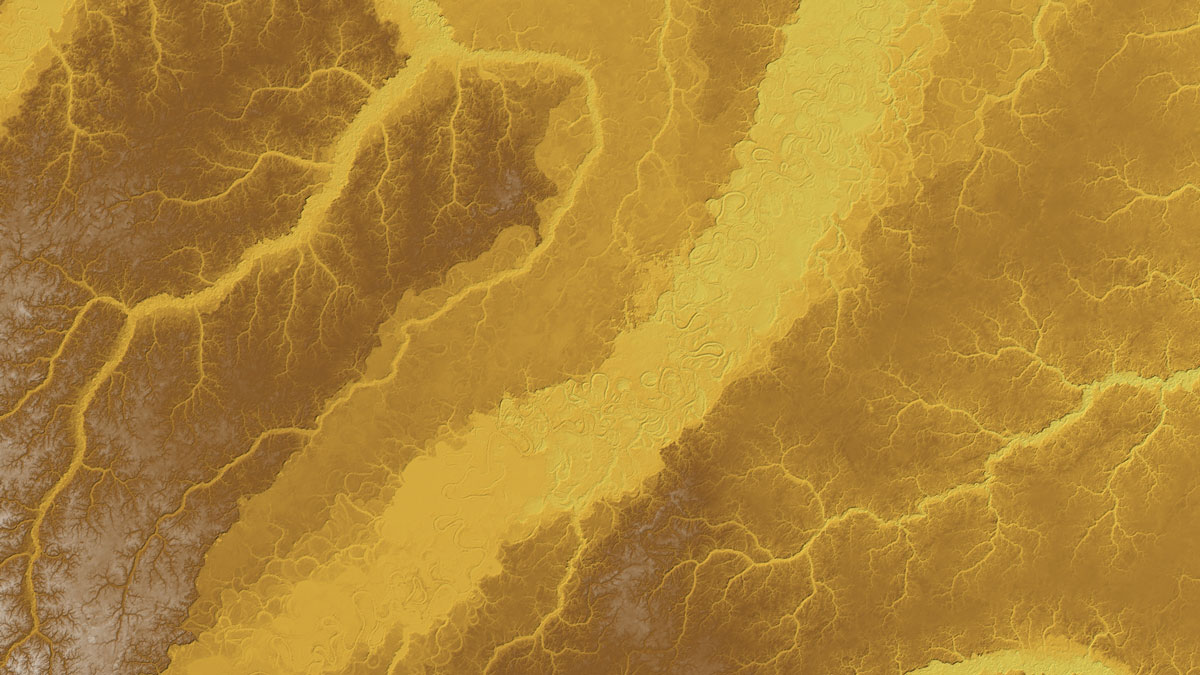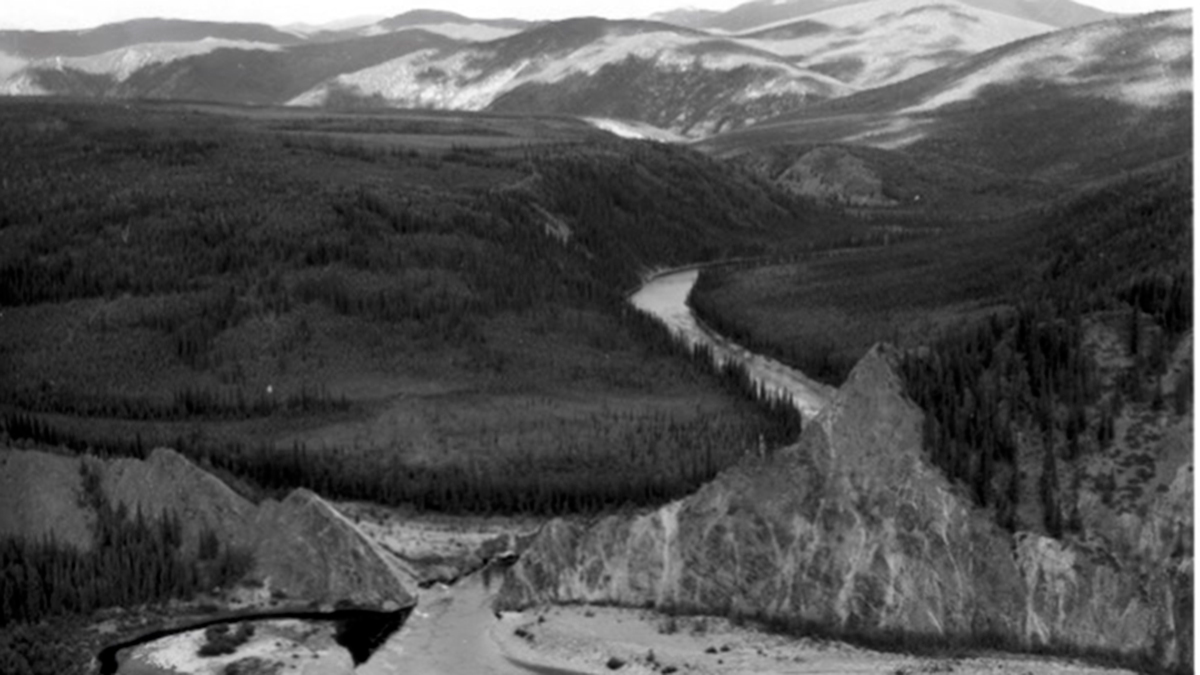In the small-scale details of grain shape, researchers have found a new way to understand how sediment flows in a river, a process shaping Earth’s landscapes.
geomorphology
A Mysterious Dome Reveals Clues to Australia’s Miocene History
The Nullarbor Plain has been relatively untouched by geological forces, leaving traces of the continent’s deep past.
Why Do Arc Volcanoes Deform Less Than Ocean Island Volcanoes?
Volcanic ground deformation is not simply correlated with erupted volume. Researchers propose that high concentrations of magmatic volatiles make systems more compressible and suppress deformation.
Missouri River Floodplain Expansion, Services, and Resiliency
Benefits might accrue for both wildlife and climate resiliency if more floodplains along the lower Missouri River were allowed to flood.
Satellite Images Reveal a New View of Ancient Earth’s Rivers
A new method shows a key relationship between the width and makeup of Earth’s river channels over time. The technique could be applied to other terrestrial bodies, such as Mars.
Logjams May Be Transient but Their Effect is Long Lasting
Even though natural logjams in rivers continuously change and maybe short-lived, their effects in terms of geomorphic diversity and habitat can be surprisingly long-lasting.
How Climate Change Shaped the Amazon’s Land and Life
Ice Age climate swings shaped the equatorial basin’s terrain—and possibly its ecology—faster than previously thought.
What a Gold Mining Mishap Taught Us About Rivers
Miners in Alaska rerouted a river to search for gold. One hundred years later, the new channel is teaching scientists how rivers shape Earth.
Grain Scale Dynamics During Barchan-Barchan Interactions
A new study pinpoints grain scale dynamics during binary interactions between barchan dunes.
Megaripples on Mars—How to Name Wind-Shaped Features on the Red Planet
New research suggests a more settled terminology for Martian aeolian landforms based on size and geomorphology.

